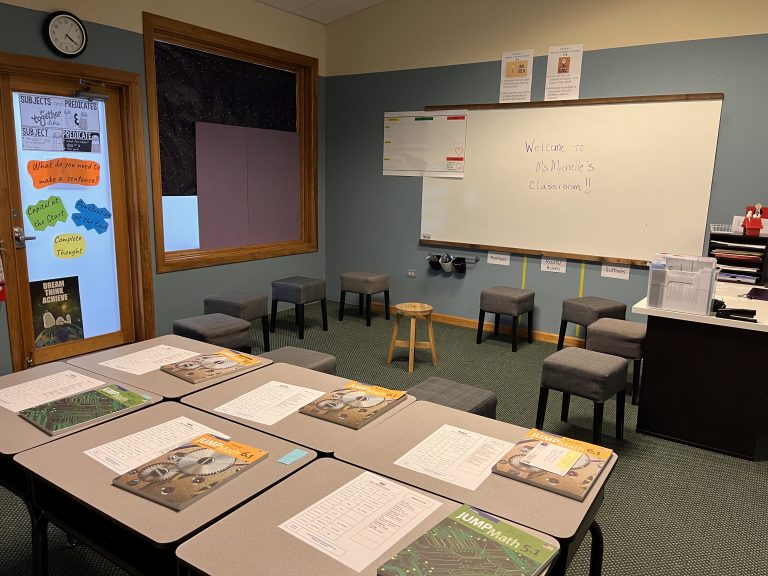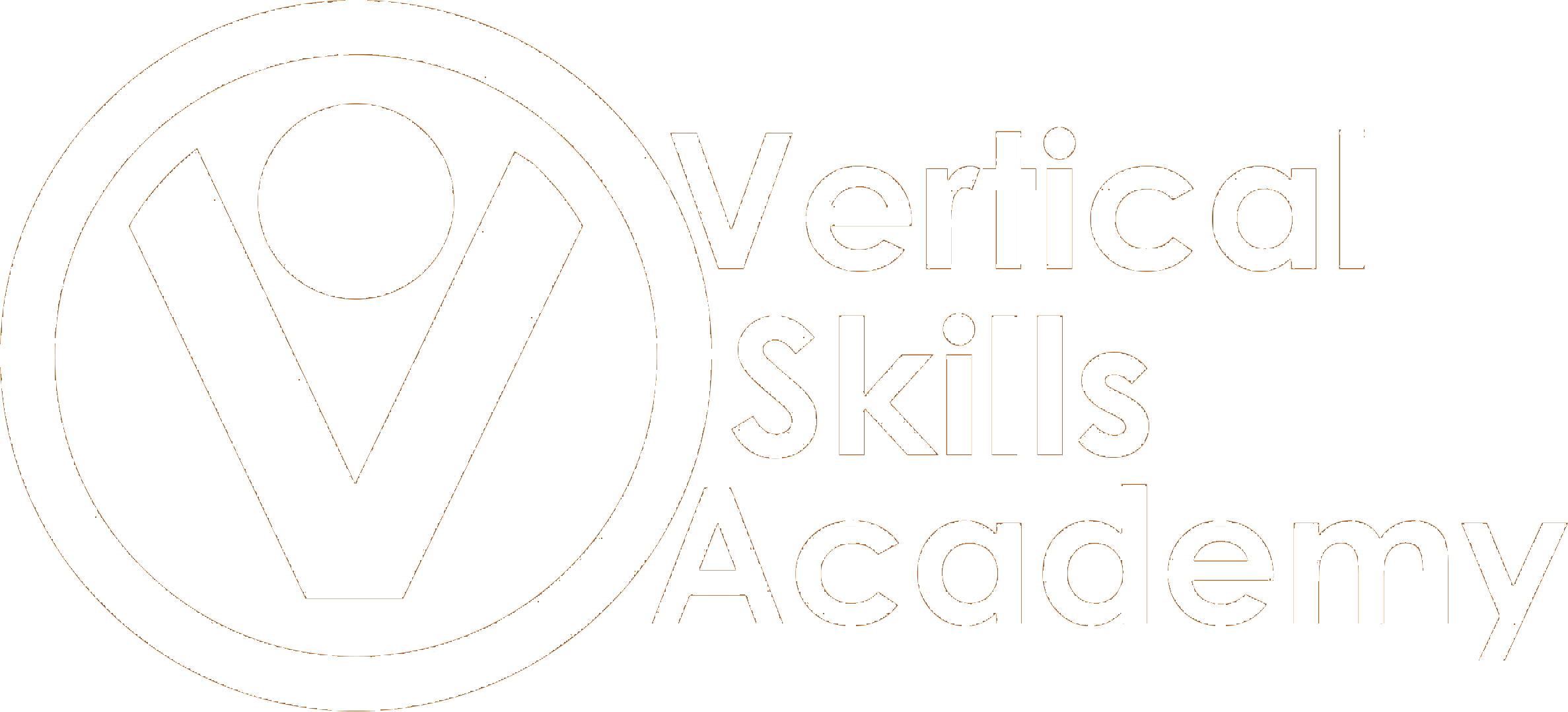Our Curriculum
Vertical Skills Academy is dedicated to empowering dyslexic learners through the use of evidence-based programs tailored to their unique needs. By integrating proven methodologies, such as structured literacy and multisensory instructional approaches, we ensure that each student receives the tools and strategies necessary to unlock their full potential. Our commitment to research-driven practices allows us to address the specific challenges faced by dyslexic learners while fostering confidence, independence, and academic success. This chosen curriculum is explained in depth below. At Vertical Skills Academy, we create a supportive environment where every student can thrive and develop a lifelong love for learning. We go “as fast as we can, as slow as we must” to meet these needs.

“The Orton-Gillingham Approach is a direct, explicit, multi-sensory, structured, sequential, diagnostic, and prescriptive way to teach literacy when reading, writing, and spelling does not come easily to individuals, such as those with dyslexia. It is most properly understood and practiced as an approach, not a method, program, or system. In the hands of a well-trained and experienced instructor, it is a powerful tool of exceptional breadth, depth, and flexibility. Every teacher is trained in Yoshimoto Orton Gillingham in order to integrate this methodology across all content areas.
The essential curricular content and instructional practices that characterize the Orton-Gillingham Approach are derived from two sources: first from a body of time-tested knowledge and practice that has been validated over the past 80 years, and second from scientific evidence about how individuals learn to read and write; why a significant number have difficulty in doing so; how having dyslexia makes achieving literacy skills more difficult; and which instructional practices are best suited for teaching such individuals to read and write.” – AOGPE
Where can I go to learn more about the Orton-Gillingham Approach?
VSA uses EL Education as its core curriculum in ELA classes and Science K-5. This program uses highly engaging texts based in Science and Social Studies topics that align with VSA’s mission of creating a hands-on, multi- sensory learning environment with students. It provides high level vocabulary and critical thinking throughout the modules. Teachers accommodate the students’ reading ability by reading the text to/with the students, as well as using Kiddom software and Learning Ally, which will read the text to them. By doing this, we allow for students to work with complex text in English Language Arts, while building their foundational skills during their OG tutoring time. Furthermore, EL Education integrates social emotional learning, along with executive functioning skills, which is what VSA is known for! We pair this learning with our literacy framework, thinkSRSD (Self-Regulated Strategy Development , to produce deep thinkers and writers. This curriculum allows us to have common language and structures throughout our classes, while allowing teachers the ability to differentiate the lessons to meet our unique learners’ needs. Read about EL Education or visit their website.
For Math, we use Eureka Math² , which was rated in Ed Reports as Meets Expectations in all areas. Eureka Math² helps students establish a foundational understanding of mathematics (the why) rather than only relying on procedural skills (the how), to better prepare them for college and career. Students strengthen reasoning and critical-thinking skills that they can apply to solve real-world problems and that can be applied to many real-world situations. As with all of our resources, teachers provide manipulatives, as well as accommodations, to meet all students’ needs. They also use formative assessment on a daily basis to determine if students understand the lesson and adapt it as needed.
Each class has a Social Emotional Learning (SEL) time. During this time, teachers check in on students, utilize the Leader in Me and Move This World SEL curriculum, and provide time to build social skills. On top of our SEL curriculum, students are explicitly taught what it means to be dyslexic, how to advocate for themselves, and how to self-regulate using executive functioning skills.
